
Review on 🌡️ Gowoops 2pcs DHT22/AM2302 Arduino Raspberry Pi Digital Humidity Temperature Sensor Module, DIY Temp Humidity Gauge Monitor for Electronic Projects, SHT11 SHT15 Replacement by Jared Winebrenner

Get ready to do some detective work
The sensor is supplied without documentation. If you write your own code instead of using one of the Arduino or C libraries available on the internet, you should be ready to do some detective work. Not all DTH22 specifications are created equal. They have been translated from Chinese. Find one that clearly explains the waveform of the data (no manual notation). The numerical format of the sensor output is also not clear from the data sheet. The best source of information I found on sensor output was an article in Nuts & Volts Magazine (NVM). Find the NVM article on DTH22. Armed with this information and a fast microcontroller, this is an easy-to-use sensor. It works for me with a PIC18F26K22 clocked at 16MHz. The code was written in PBP3.
- Computers and accessories
- Clarity
New products
Comments (0)
Top products in 🖥️. Single Board Computers

55" TV LG OLED55C2RLA 2022 HDR, OLED, dark titanium

38 Review
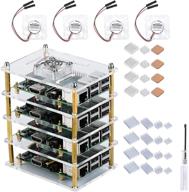
GeeekPi Raspberry Pi Cluster Case with Cooling Fan and Heatsink for Pi 4 Model B, 3 Model B+ & 3/2 Model B

11 Review
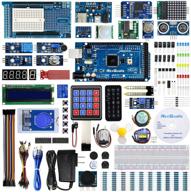
REXQualis Comprehensive Starter Kit with Arduino MEGA 2560 & Detailed Tutorial for Arduino IDE Compatibility

11 Review
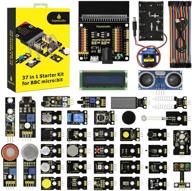
🎁 Ultimate BBC Micro bit Sensor Starter Kit: Keyestudio 37-in-1 Box with Tutorial, Compatible with V1.5 & V2, Gift for Kids and Adults (Microbit Board Not Included)

11 Review
Another interesting products
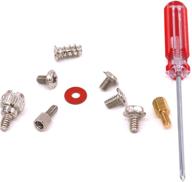
Glarks 660 Pieces Phillips Assortment Motherboard

10 Review

Comprehensive 500pcs Laptop Screw Kit Set for 🔩 IBM HP Dell Lenovo Samsung Sony Toshiba Gateway Acer

12 Review
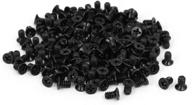
uxcell 3.5" HDD Screw Black 200pcs for Computer PC Case - Flat Phillips Head - 6#-32 - Hard Drive Fasteners

10 Review
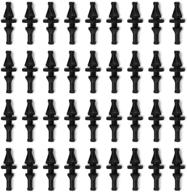
36-Pack Black Rubber PC CPU/Case Fan Screws/Rivets Set for Computer

11 Review

